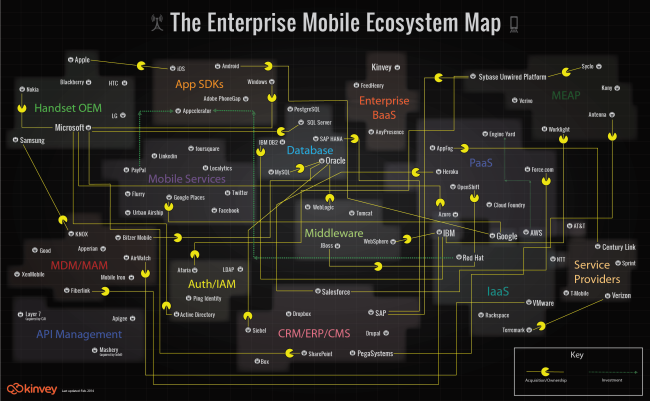The Battery Life of iPhones
When your iPhone says 100% battery, what does it really mean? The Battery Life Of iPhones infographic from the iPhone Doctor gives the hours of battery life for each model of iPhone based on how you are using it.
The iPhone packs quite a punch in terms of design, features, functionality and overall sexiness. It’s not much of a stretch to call it practically indispensable for modern life. There is just one inconvenience of the iPhone that leaves many in the lurch all too often – reduced battery life.
Running out of battery just when you need to use your smartphone is a constant source of frustration and annoyance and quite possibly the bane of the modern world. A simple Google search for “how to increase iPhone battery life” brings up nearly 10 million hits. That’s a lot of concerned individuals.
Take a look to see what really drains your iPhone’s charge and find out what you can do to extend its battery life.
A little out of date since it's missing the latest 6S and 6S+, but I really like the visual simplicity of the design.
Thanks to Tony for sending in the link!









 Randy
Randy








